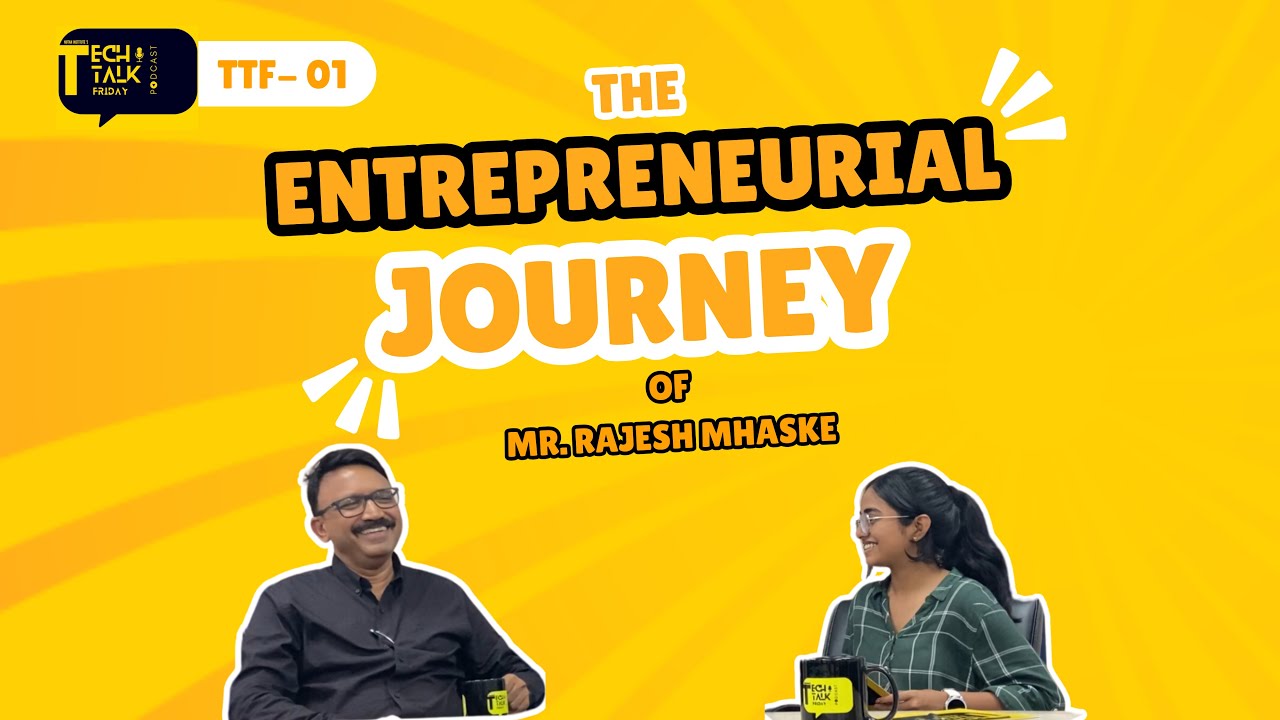Neuroplasticity & Effects Of Psychoactive Drugs [AP Psychology Unit 2 Topic 8]
Summary
TLDRIn this episode of the Mr. Sin channel, we delve into Unit 2 Topic 8 of AP Psychology, exploring the concept of neuroplasticity, the brain's ability to adapt and change. We discuss how experiences and learning shape neural pathways, and differentiate neuroplasticity from neurogenesis. The video also covers the impact of psychoactive drugs on the brain, including depressants, opioids, stimulants, and hallucinogens, and their effects on consciousness. Mr. Sin encourages viewers to engage with the content through his Discord server and review materials for AP Psychology success.
Takeaways
- 🧠 The human brain is highly adaptable and can change, modify, or even repair itself, a phenomenon known as neuroplasticity.
- 🔄 Neuroplasticity refers to the brain's ability to reorganize itself by forming new neural connections throughout life due to learning, experience, or injury.
- 👨🔬 Michael Gazzaniga, a student of Roger Sperry, has significantly contributed to the understanding of brain lateralization through his research on split-brain patients.
- 🤕 Brain damage from factors like tumors, infections, strokes, or head injuries can trigger neuroplasticity as the brain adapts to the damage.
- 💊 Psychoactive drugs can alter an individual's perceptions, consciousness, or mood by affecting neural activity, and they are categorized into depressants, opioids, stimulants, and hallucinogens.
- 🚫 Psychoactive drugs can lead to addiction, altered consciousness, and withdrawal symptoms, with varying effects depending on the type of drug.
- 🧪 Neurogenesis is a distinct process from neuroplasticity, involving the formation of new neurons in the brain.
- 💭 Consciousness is a complex topic with theories like William James' 'stream of consciousness' and Freud's division of the mind into conscious, pre-conscious, and unconscious parts.
- 📚 The video script is part of a series designed to help students excel in AP Psychology, including resources like a review packet and a Discord server for additional support.
- 🎓 Mr. Sin encourages viewers to engage with the content by answering questions and participating in the community to enhance their understanding of psychology.
Q & A
What is neuroplasticity?
-Neuroplasticity, also known as brain plasticity, is the ability of the human brain to change, modify, or even repair itself. It involves the neural networks changing their connections and behaviors due to various factors such as information, external experiences, damages, or developmental changes throughout a person's life.
Who is Michael Gazzaniga and what is his contribution to neuroscience?
-Michael Gazzaniga is a cognitive neuroscientist who was a student of Roger Sperry. He has made significant contributions to our understanding of brain lateralization through his research with individuals who have undergone split-brain procedures.
How can the brain adapt to damage?
-The brain can adapt to damage from various factors such as tumors, infections, strokes, neurotoxins, genetic factors, or head injuries. This adaptation depends on the extent of the damage and which brain structures are impacted.
What is the difference between neuroplasticity and neurogenesis?
-Neuroplasticity refers to the brain's ability to change and adapt its neural pathways, while neurogenesis is the process of forming new neurons in the brain.
What are psychoactive drugs and how do they affect the brain?
-Psychoactive drugs are chemical substances that are used to alter an individual's perceptions, consciousness, or mood. They can be categorized into depressants, opioids, stimulants, and hallucinogens, each affecting the brain and body differently.
What are some examples of depressants?
-Examples of depressants include sleeping pills and alcohol, which reduce neural activity, causing effects like drowsiness, muscle relaxation, and potentially slurred speech or lowered breathing.
How do opioids differ from other depressants?
-While opioids also function as depressants, they are categorized separately due to their highly addictive nature. Opioids provide pain relief and include substances like morphine, oxycodone, and heroin.
What are stimulants and what effects do they have on an individual?
-Stimulants are drugs that excite and promote neural activity, leading to increased energy, reduced appetite, irritability, or increased body temperature. Examples include caffeine, nicotine, and cocaine.
What are hallucinogens and how do they impact an individual's perception?
-Hallucinogens distort an individual's perception, causing them to sense things that are not there and potentially reducing motivation. They can also lead to panic. Examples include marijuana, psilocybin (found in magic mushrooms), and LSD.
What is consciousness and how has it been studied?
-Consciousness is the state of being awake and aware of external stimuli as well as one's own mental activity. It has been a topic of research and discussion for generations, with theories like William James' 'stream of consciousness' and Sigmund Freud's model of the conscious, pre-conscious, and unconscious mind.
What is the 'ultimate review packet' mentioned in the script and how can it help students?
-The 'ultimate review packet' is a resource designed to help students with their AP Psychology studies. It provides comprehensive review materials to assist students in achieving high grades and excelling on the national exam.
Outlines

Этот раздел доступен только подписчикам платных тарифов. Пожалуйста, перейдите на платный тариф для доступа.
Перейти на платный тарифMindmap

Этот раздел доступен только подписчикам платных тарифов. Пожалуйста, перейдите на платный тариф для доступа.
Перейти на платный тарифKeywords

Этот раздел доступен только подписчикам платных тарифов. Пожалуйста, перейдите на платный тариф для доступа.
Перейти на платный тарифHighlights

Этот раздел доступен только подписчикам платных тарифов. Пожалуйста, перейдите на платный тариф для доступа.
Перейти на платный тарифTranscripts

Этот раздел доступен только подписчикам платных тарифов. Пожалуйста, перейдите на платный тариф для доступа.
Перейти на платный тарифПосмотреть больше похожих видео

Peppa Pig Season 1 Episode 2 - Mr Dinosaur is Lost - Cartoons for Children

Ask MrEvan - Episode 103

Charities Are Woke Now? - Mr. Birchum Episode 5 Review

College to Corporate S3 EP4 I Devesh Chawla, founder Chatur Ideas I Corporate Connect I IBS Mumbai

The Entrepreneurial Journey of Mr. Rajesh Mhaske Sir | Tech Talk Friday | #ttf

Libels Podcast Episode 4 - Menjadi Generasi Emas Tanpa Narkoba Bersama Kabag Umum BNN Prov.Lampung
5.0 / 5 (0 votes)
